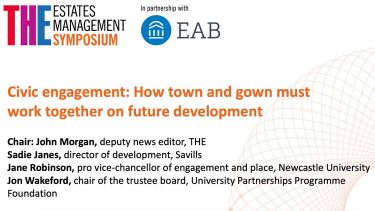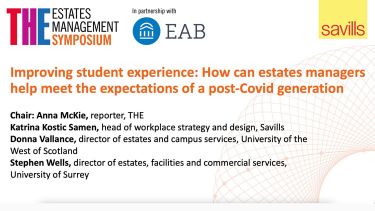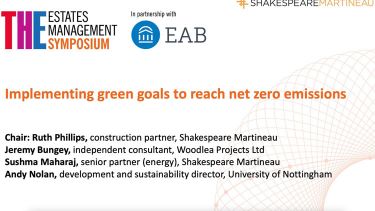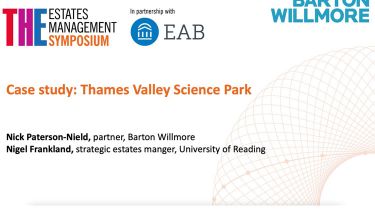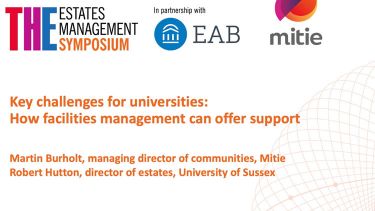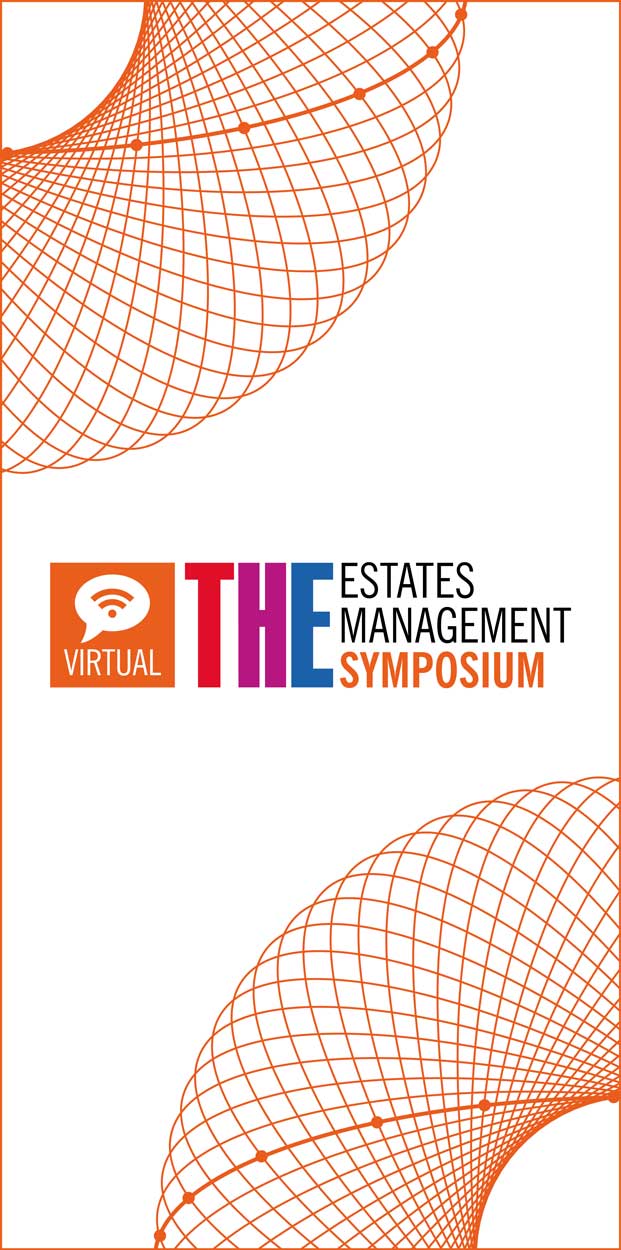Digital innovation is providing the tools to modernise higher education and allow universities to do more with less
If there is one positive outcome to emerge from Covid-19’s impact on the higher education sector, it is that digital transformation is here to stay. There has been a sea change in opinion about digital modes of learning and the provision of on-campus services. Staff can better understand the potential of digital, while students expect digital platforms to augment their university experience. The challenge now lies in how best to implement new digital tools.
At a webinar hosted by Times Higher Education in partnership with EAB, Gary Guadagnolo, EAB’s director of research growth strategy, and Stephen Talboys, director of technology, estates and facilities at the University of York, discussed some of the issues that universities face when using digital technologies to complement face-to-face teaching, and what this means for campuses.
The pivot to blended modes of learning requires a fresh approach to estates management. Talboys said that the distinction between the physical and digital estates had been erased. In his experience, investment in digital tools and services offered more value than money spent in bricks and mortar. “If we increase [investment in digital services] by 30 per cent or 50 per cent, that would have a massive impact on our business, but putting an extra million into our estate plan has very little impact,” he said.
Digital technologies offered new tools and opportunities for universities to enhance their operations, but they were not a panacea. “It is leading with the business problem that you are trying to solve,” said Talboys.
Delivering innovation at scale remained a challenge, said Guadagnolo. Digital transformation was not simply about replacing a university’s extant teaching and pastoral services, but also augmenting and expanding upon them. “Digital dexterity is more important than shifting from one mode of operations to a new one,” said Guadagnolo.
Higher education needs to be ambitious when drafting digital strategy. AI-assisted applications such as Staffordshire University’s groundbreaking Beacon programme show how technology can enhance student experiences, brokering better teaching relationships, streamlining administrative tasks and allowing students to focus on education. Ultimately, digital transformation calls for strong leadership, a coherent strategy and the development of an organisational structure that embraces change.
“When senior leaders share a common framework for problem-solving and for understanding and evaluating digital opportunities, those are the campuses that will see better outcomes,” said Guadagnolo.
Watch the session on demand above or on the THE Connect YouTube channel.
Find out more about EAB.
